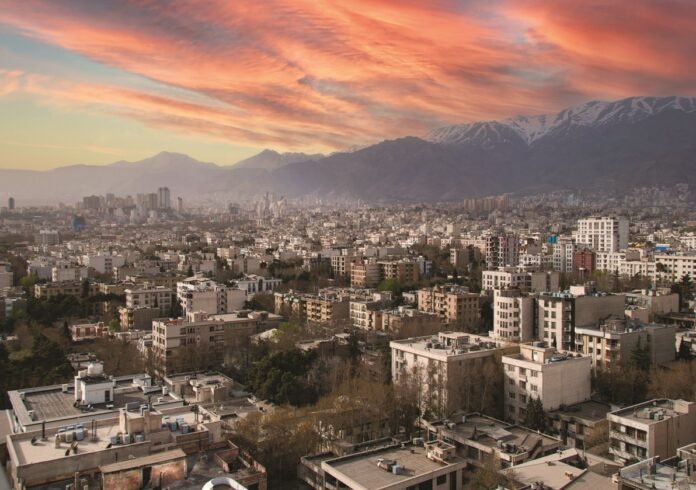In Iran over the past 30 years, for every decade, an average temperature increase of one degree Celsius has been recorded. Over the past 10 years, the region has continuously experienced rainfall lower than the long-term average and has endured successive droughts.
Tehran, the capital of Iran – with a population of 11 million – experienced water stress between 2020 and 2023. The amount of rainfall in Tehran province in the year 2022–23 reached 194.4 mm, which was 80 mm less than the long-term average. Consequently, the usual approaches to urban water management were not equipped to provide sustainable water services to the city’s citizens. As a result, a relatively new concept that was initiated in 2004 as part of Australia’s National Water Plan – Water Sensitive Cities (WSC) – has been designed and implemented for the city. WSC provides an ecological solution to achieve sustainability in urban environments with a focus on water.
Water Sensitive City plan
The integrated management of water resources deals with two approaches: supply management and demand management. Any type of activity aimed at producing, extracting and distributing water in the best and most economical way is called supply management, and any type of economic, social, technical, or other policy that optimises demand is called demand management. In demand management, the reduction of consumption, recycling and reuse of water, the reduction of non-revenue water, the implementation of a circular economy, and the optimal use of wastewater are the primary axes of a WSC. Moreover, WSCs are particularly adaptable to climate change impacts such as floods and drought.
The approach in Tehran
Adopting a holistic approach and working with policymakers and NGOs, Tehran’s WSC plan encompasses three programmes – ‘social’, ‘relational’, and ‘operational/practical’. The social programme focuses on societal education, dialogue, and facilitation; while the operational programme encourages the optimal management of water consumption, utilises social marketing, and disseminates information about this innovation.
Implementation of the WSC plan depends on the social campaign, which performs two actions to manage the demand. First, it aims to inform and change the behaviour of the public and policymakers. Second, it aims to encourage trans-sectoral cooperation.
The social programme is led by the Public Affairs Office of Tehran Province Water and Wastewater Company (TPWW Co) under the title of the ‘Tehran Water Sensitive City’ Campaign. This is the initiating component of the WSC, while the promotion of the WSC takes a coordinated multi-organisational approach. According to the director of the Sustainable Development Office of TPWW Co, the launch of this campaign is a step towards a scientific and applicable approach to urban water management, as well as a social campaign to influence the culture around water.
The future of the WSC plan
The WSC campaign has launched, and the communication and operational plans are moving forward. In combination with Tehran’s monitoring and data processing plan for the city’s water and wastewater facilities, the WSC plan is to be upgraded to a water-wise city plan – a framework that will help the city’s leaders develop sustainable water systems and resilient urban planning. •


The authors: Seyedhossein Sajadifar is director of the Sustainable Development Office of the Tehran Province Water and Wastewater Company, and Pezhman Taherei is secretary of the IWA Public and Customer Communications Specialist Group and executive secretary of the Young Water Professionals Iran Chapter









